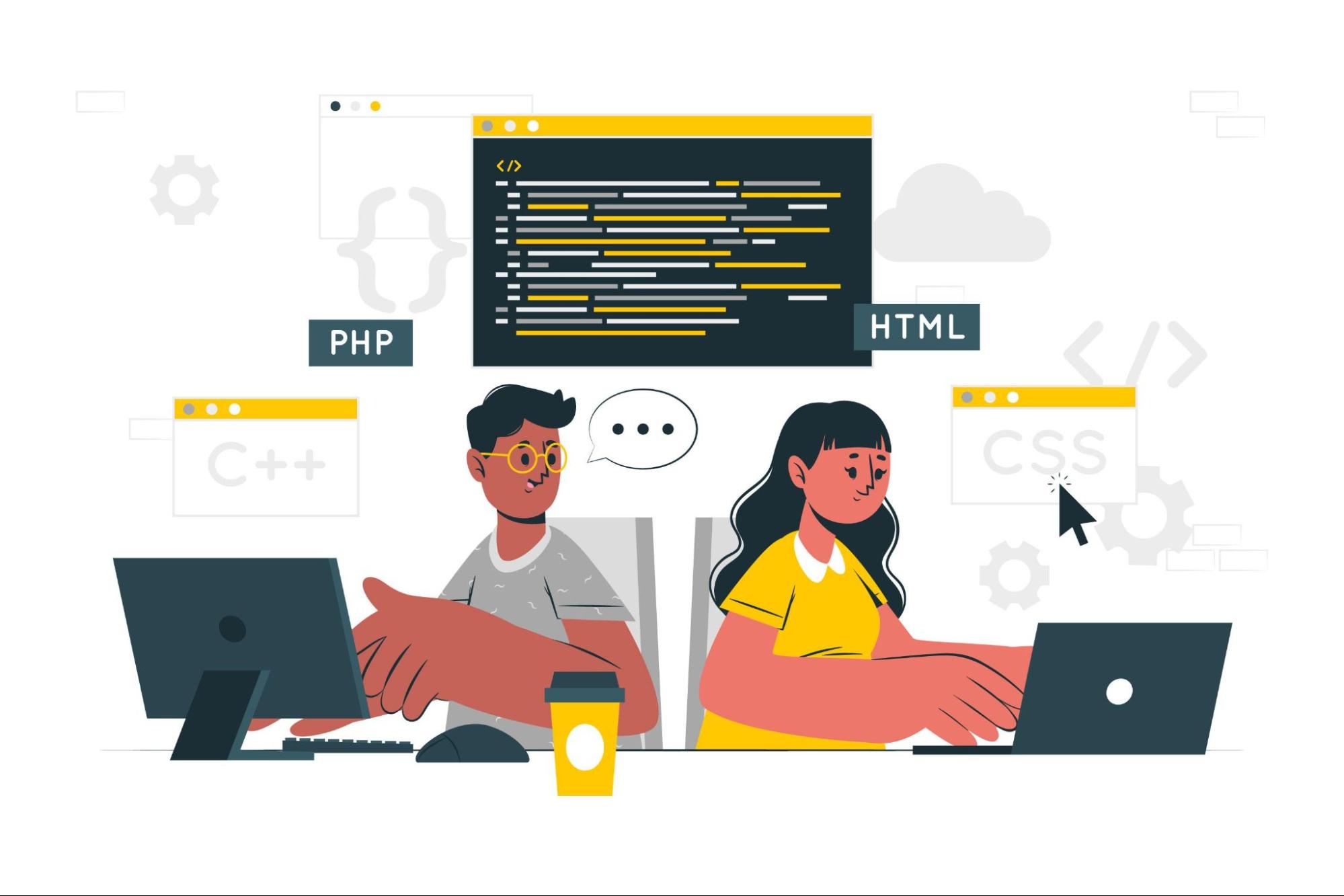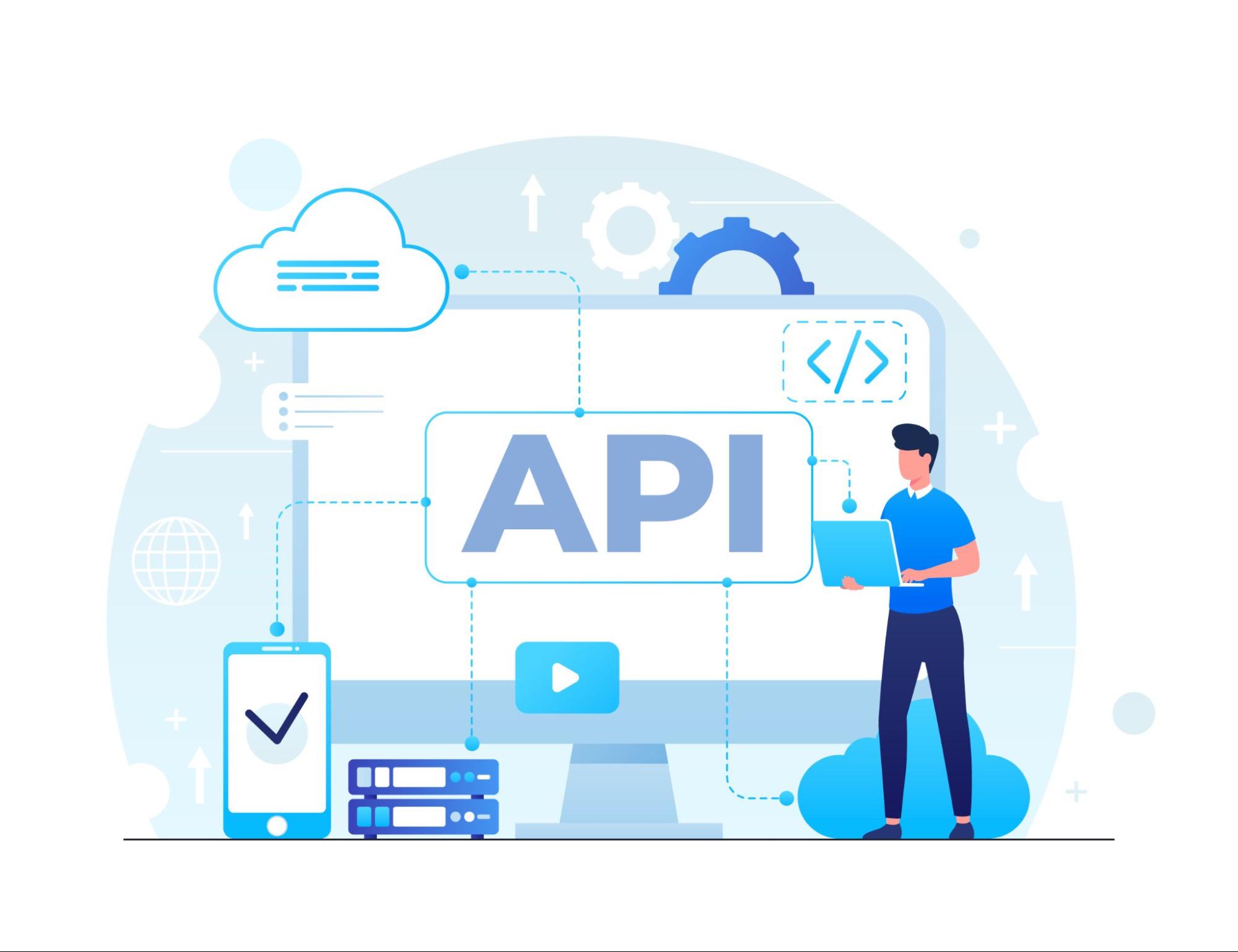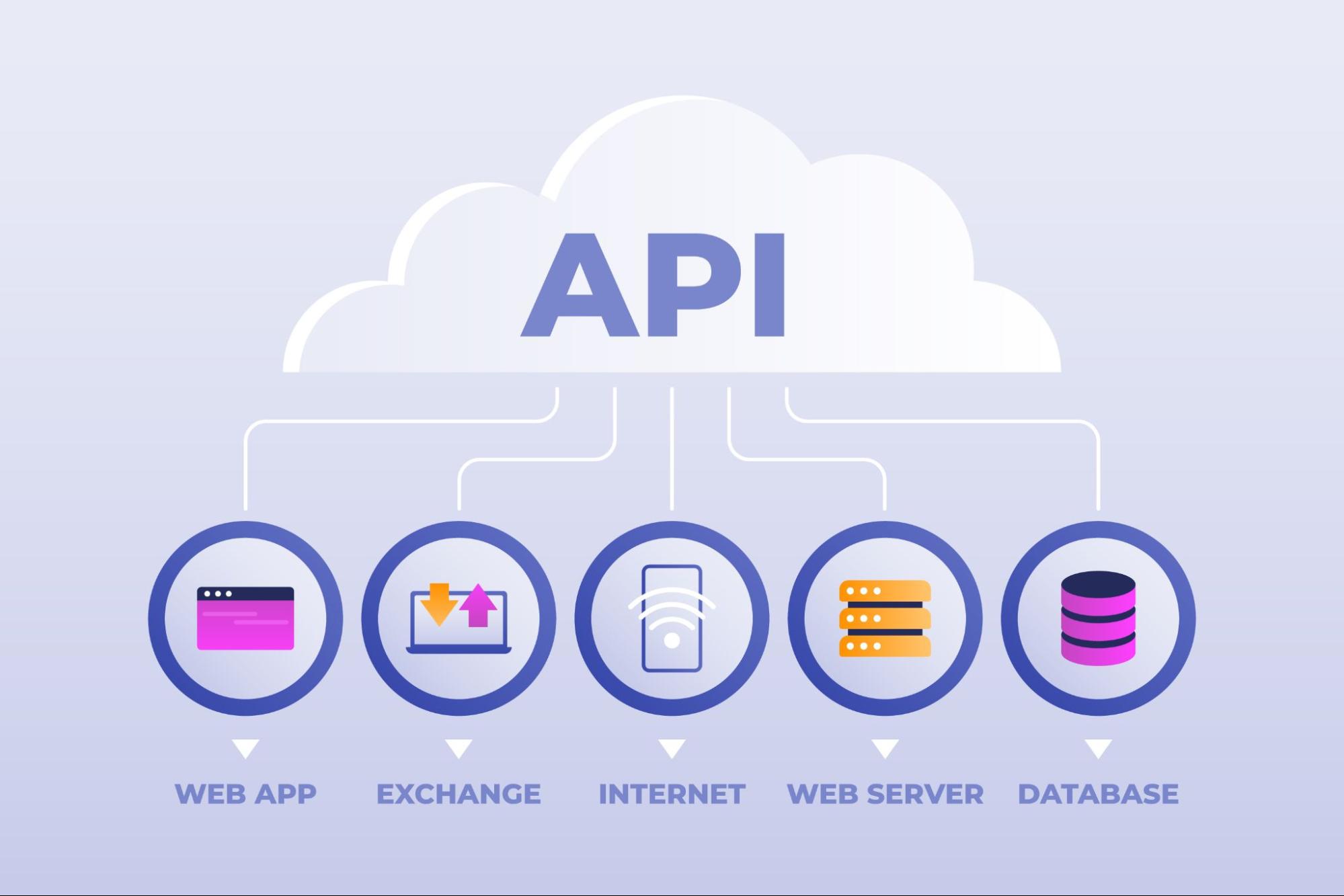Well done on your future job interview! This article will help you get ready for common API testing interview questions, whether you're a new learner or a seasoned coder. You'll be sure to feel confident and ready to surprise when you go.
1. What is an API?
A group of protocols known as an application programming interface, or API, allows different software components to communicate and transfer data with one another. APIs bridge the gaps between discrete little bits of code to create applications that are strong, intuitive, safe, and capable.
2. What is the difference between manual API testing and automated API testing?

-
Manual API Testing: The API testing comprises manually requesting something from an API and reviewing the response. It is exploratory and often performed during development to validate assumptions and inform code-level decisions.
-
Automated API Testing: Involves running scripts with a testing tool at predetermined intervals or in response to events. It helps teams expand test coverage systematically and can be employed throughout the development lifecycle, including within CI/CD pipelines. Because automated testing is scalable, it is appropriate for teams who update their apps regularly.
3. What are the different types of API testing?
-
Contract testing: Contract testing verifies that updates don't break the terms of the API contract by examining the format and content of requests and answers.
-
Unit testing: It is the process of testing individual API endpoints, functions, methods, and classes to make sure everything performs as it should.
-
Performance testing: To find bottlenecks measures response times, throughput, resource use, and scalability under various load circumstances.
-
Security testing: Finds and fixes possible holes in the API, such as injection attacks, problems with authentication, and exposing private information.
-
End-to-end testing: Identifies problems in intricate processes by validating important user journeys that might include several endpoints and APIs.
4. What are some steps you can take to plan and implement an effective API testing strategy?
Create a comprehensive API testing plan, whether manual or automated. This involves understanding the API’s requirements, identifying all possible input and output combinations, and organizing tests into categories for complete coverage and easier management.
5. What is a testing environment?

An API testing environment mimics the production environment, containing resources, variables, data, and infrastructure for real-world testing. It should be isolated from production to protect live systems and data and should include security measures like access controls and data encryption.
6. How do you handle error responses or exceptions in API testing?
Create negative test cases with invalid data to validate that the API responds with correct error codes and messages. Include positive test cases to confirm error responses follow established patterns, using standard HTTP status codes like 400 for bad requests or 500 for internal server errors.
7. How do you test APIs for performance and scalability?
Performance testing should verify that the API maintains appropriate response times under varying loads. This involves monitoring latency, resource usage, and error rates while responding to simulated traffic and identifying performance thresholds and bottlenecks.
8. What is API versioning, and how does it impact testing?
API versioning allows teams to manage changes to an API while keeping consumers informed. Test cases should cover scenarios specific to each version, ensuring changes are thoroughly tested, and backward compatibility is maintained, especially when multiple versions are in use.
9. What is dynamic input data, and why is it important for API testing?
Dynamic input data is programmatically generated data used during testing. It allows testers to explore a wider range of scenarios than static test data, which might not represent the complexity of real-world API usage and may overlook potential edge cases.
10. How do you test API workflows that involve dependencies, such as databases or external services?
Use techniques like mocking or stubbing to mimic the behavior and responses of dependencies, allowing independent testing without sacrificing coverage. This is crucial for workflows that integrate with external services, databases, or other APIs.
11. Can you talk about a time when you encountered a challenging API testing scenario and how you resolved it?
Discuss your approach to testing complex API configurations and edge cases, such as handling API authentication and authorization mechanisms. Mention tools and techniques that help manage these challenges effectively.
12. What are the most important best practices for API testing?
-
Creating a dedicated testing environment: Tests should be executed in an environment that mimics production but contains mock data.
-
Automating API tests: Enables continuous, predictable execution throughout the API lifecycle.
-
Writing reusable subtests: Reduces human error by creating universally applicable subtests.
-
Implementing a combination of tests: Functional, performance, and security tests ensures comprehensive validation.
13. Which tools and frameworks do you use for API testing?
Familiarize yourself with various API testing tools and frameworks that support different architectures, enable quick authoring of test scripts, store variables for dedicated testing environments, and allow chaining tests for complex workflows.
Go through all these interview questions on API testing to finish your preparation for the interview. For hands-on experience and a robust toolset, consider exploring Optimizory, which offers a comprehensive suite of features for effective-team API testing.



